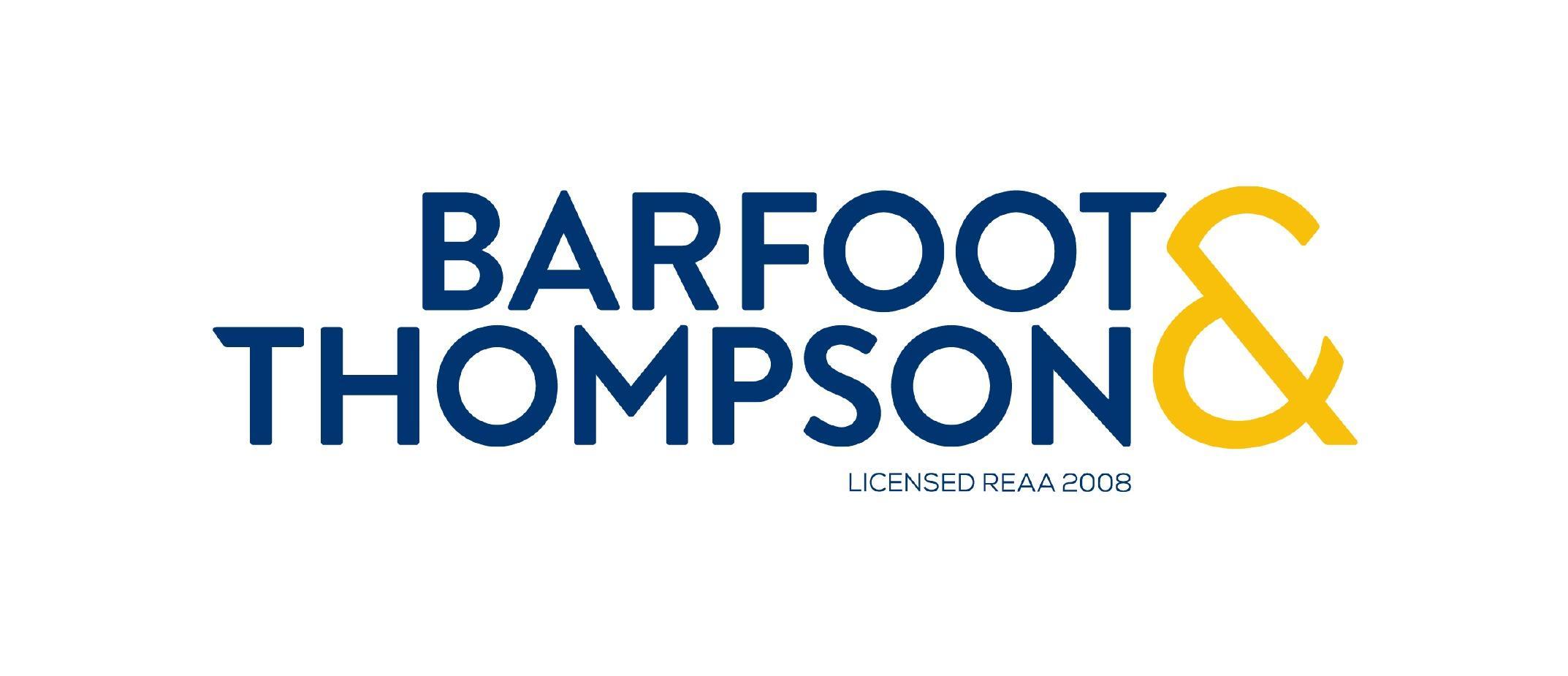Standards New Zealand has, as of yesterday, published Draft Number DZ8510 – NZS8510 – Testing and decontamination of methamphetamine-contaminated properties for
public comment. Though DZ8510 is but a draft which will most certainly be altered before final publication, it is an opportunity for property
investors to get insight and give feedback on the likely standard.
Full text of DZ8510 can be downloaded here.
The FAQs below gives a digest of the key points (relating to proposed limit(s) for decontamination, screening and public consultation) to note
for property owners.
What is Standards New Zealand?
Standards New Zealand is a business unit within the Ministry of Business, Innovation and Employment and specialises in managing the development of industry
standards. In June this year, Standards New Zealand set up and appointed the P8510 Committee to develop a standard for testing and remediation
of methamphetamine-contaminated properties. The committee’s work will remain ongoing until the publication of the NZS8510, being the Standard
for testing and decontamination of methamphetamine-contaminated properties.
Who is on the P8510?
The committee consists of the following organisations: Analytica Laboratories; Andy Andersons Industry Services; Auckland Council; Cleaning Systems Ltd;
Contaminated Site Solutions Ltd; Environmental Science and Research; Forensic and Industrial Science Ltd; Hill Laboratories; Housing New Zealand Corporation;
Hutt City Council; Independent Property Managers’ Association; Insurance Council of New Zealand; International Accreditation NZ (IANZ); Local Government
New Zealand; MethSolutions Ltd; Ministry of Environment; Ministry of Health; New Zealand Property Investors’ Federation; NZ Decontamination SErvices
T/A Fresh Living; NZ Remdeiation Services; Real Estate Institute of New Zealand.
What does NZS8510 cover?
The overarching purpose of the NZS8510 is to provide guidance on reducing people’s risks of exposure to harm caused by the presence of unacceptable levels of methamphetamine residues in properties (and
other assets such as caravans and cars) in a manner that ensure[s] consistency, reliability, and competency in activities including screening, sampling, testing, and… decontaminating properties and disposing of contaminated materials.
The eventual standard will cover:
- Guidance on methods of sampling and testing of properties and their contents to assess the extent of contamination by ensuring that sampling is representative, and that testing methods produce reliable and repeatable results, whether using qualitative or quantitative methods, and a consistent approach to reporting test results;
- Measures to manage risks to health, well-being, safety, and the environment from methamphetamine-contaminated material and chemicals used to manufacture methamphetamine;
- Guidance on notifying and recording details of methamphetamine-contaminated properties and their decontamination;
- Best practice procedures, including performance criteria, for decontaminating properties and their contents;
- Methods of disposing of matierlas that cannot be decontaminated;
- Information that supports processes, such as validation or auditing, which provide assurance that testing, risk assessment, decontamination of properties, and disposal of contaminated materials have been effective, and comply with relevant legisliiation or bylaw requirements.
That’s just it. There is currently no standard per se, at least not across the testing and cleaning industries as well as various territorial authorities.
That said, for some time the accepted level for decontamination has been 0.5μg/100sqcm.
In 2010, Ministry of Health recommended that any level of contamination over 0.5μg/100sqcm would be deemed unacceptable for the adverse health risks on
the occupants of contaminated properties. Since then, territorial authorities and testing companies have been largely guided by this limit. Earlier
this year, a lot of media attention had been given to the practicality and legitimacy of this standard with environmental scientists raising the argument
that 0.5 is simply too low. That figure was relitigated at the P8510 level which on the 1st of November this year agreed to accept the following
limits to guide the development of the NZS8510:
- Where a property has been used as a clandestine lab, the existing maximum residue level of 0.5μg/100sqcm … is retained…;
- For non-clandestine labs (for example, where methamphetamine has not been manufactured by may have been smoke), which are not currently covered by
the Ministry of Health’s 2010 guidelines, either of the following maximum residue levels are recommended:- 2.0μg/100sqcm for non-lab properties without carpet;
- 1.5μg/100sqcm form on-lab properties with carpet.
Very likely, yes. For that very reason, (and others – further outlined in the full text of DZ8510) the committee is seeking public feedback on whether
it should adopt a three-level approach to decontamination based on the accepted limits or a one-level approach irrespective of the source and site
of contamination at 1.5μg/100sqcm or less.
How do I share my comments with the committee?
The committee is seeking public comments until 20th February 2017. There is a prescribed format for comments and your can submit yours through
this link.
Will the APIA put in a submission?
Yes. We will continue supporting the NZPIF’s efforts on the P8510 and put in our own comments by the closing date. We also strongly encourage
all members to put in your personal submission so to affect the eventual standard.
Update 21st December 2016
The NZPIF has published its digest of P8510 and the position it will take for its submission. Click here for full details.












Add Comment